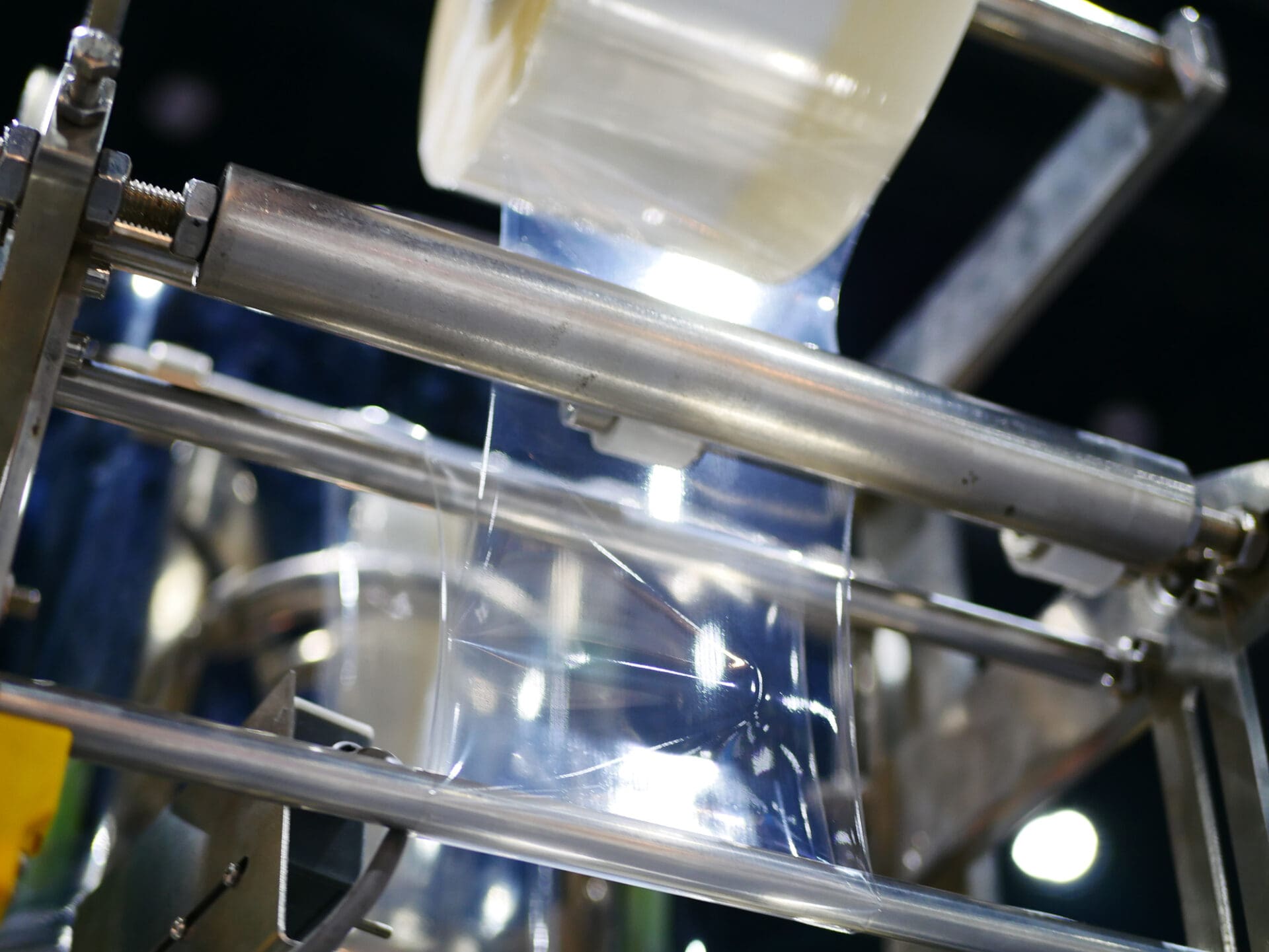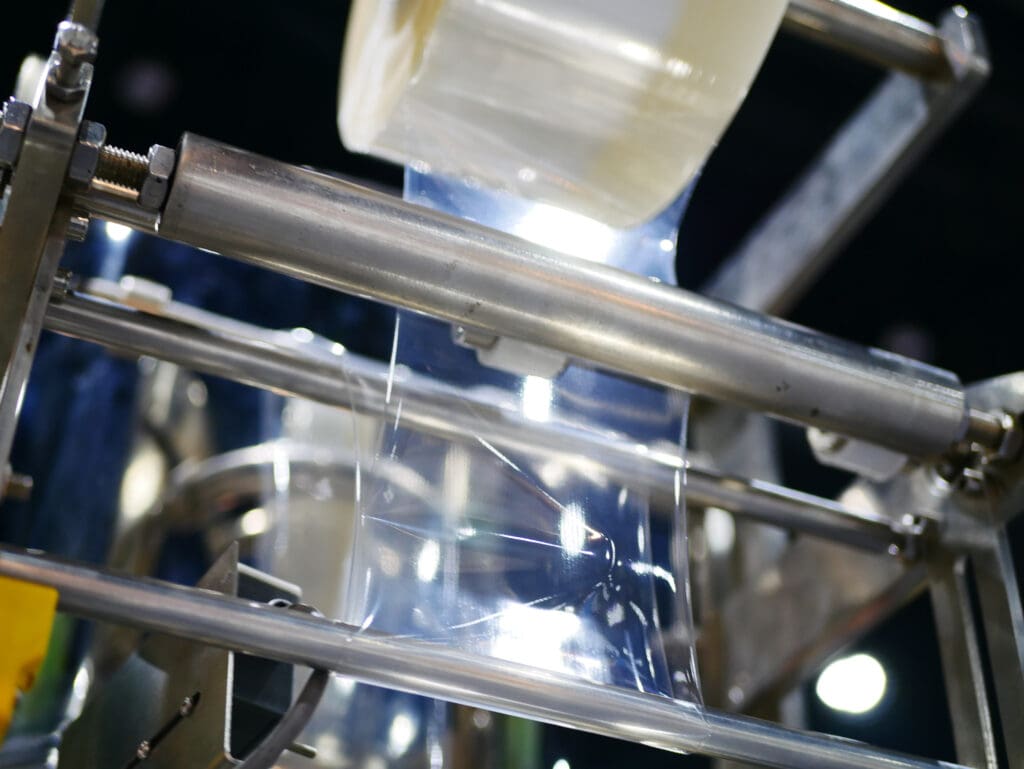
Hexafluoroacetone (CF3-CO-CF3) is an organic compound. It is colourless, absorbent, non-flammable, highly reactive gas and it has a musty smell. Hexafluoroacetone sesquihydrate (1.5 H2O) is the most common form of this substance. Hexafluoroacetone is highly reactive in nature; it reacts vigorously with water to form corrosive acids and in the presence of humidity, the reaction of hexafluoroacetone with most metals will generate white fumes of hydrogen gas. Hexafluoroacetone will also undergo violent reactions in the presence of alkali.
Hexafluoroacetone is mostly used in organic synthesis; however, it is also an important chemical intermediate used in the production of hexafluoroisopropanol, polymethyl methacrylates and polyesters for textile coating. Additionally, it is also found in liquid form and is used in making solvents, adhesives, pharmaceutical products, other chemicals, and as a herbicide.

The main routes of exposure to hexafluoroacetone are inhalation, skin absorption and contact with the skin and eyes.
Acute Effects
Hexafluoroacetone is highly toxic and can be deadly if inhaled, swallowed, or absorbed through the skin. Its vapours are extremely irritating and corrosive, and contact can cause severe burns and irritation to the skin and eyes. Inhaling hexafluoroacetone can irritate the nose, throat, and lungs, leading to coughing, wheezing, and shortness of breath. High exposure can cause fluid buildup in the lungs, which is a serious medical emergency and can cause severe breathing problems. Other symptoms of exposure include headaches, nausea, vomiting, dizziness, and feeling light-headed.
Chronic Effects
Hexafluoroacetone can harm the liver and kidneys with prolonged exposure. It may also affect blood cells. Repeated exposure can irritate the lungs and lead to bronchitis, which includes symptoms like coughing, producing phlegm, and shortness of breath.
Reproductive Hazard:
There is some evidence that hexafluoroacetone might cause birth defects in animals, so it should be treated as a potential risk for humans. It may also harm the male reproductive organs (testes).
Cancer Hazard:
Hexafluoroacetone has not been tested to see if it can cause cancer in animals.
Fire Hazard:
While some forms of hexafluoroacetone may burn, they don't catch fire easily. Vapors from the liquid are heavier than air and can spread along the ground. Some types may react violently with water. If containers are exposed to fire, they could release toxic or corrosive gases, explode, or rocket due to increased pressure.
First Aid Measures
Exposure Controls & Personal Protection
Engineering Controls
Recommended Work Practices
Personal Protection
Respiratory Protection: If exposure levels may exceed 0.1 ppm, use a full-facepiece supplied-air respirator approved by MSHA/NIOSH, operated in a pressure-demand or positive-pressure mode. For additional protection, combine with an auxiliary self-contained breathing apparatus operated in a pressure-demand or other positive pressure mode.
Clothing: Avoid skin contact. Wear solvent-resistant gloves and protective clothing. Use clean, protective gear daily. Safety equipment suppliers/manufacturers can provide recommendations on the most protective glove/clothing material for the operation.
Eye Protection: Use non-vented, impact-resistant goggles when handling fumes, gases, or vapors. For liquids, wear indirect-vent, impact-resistant goggles. A face shield should be used along with goggles when dealing with highly irritating, corrosive, or toxic substances.
Before using hexafluoroacetone, you should receive proper training on how to handle and store it safely. Hexafluoroacetone reacts strongly with water, releasing hydrates and a lot of heat. It should not come into contact with oxidizing agents (like perchlorates, peroxides, permanganates, chlorates, nitrates, chlorine, bromine, and fluorine) or strong acids (like hydrochloric, sulfuric, and nitric). Store hexafluoroacetone in tightly sealed containers in a cool, well-ventilated area, and keep it away from moisture.
Regulation
United States
Australia